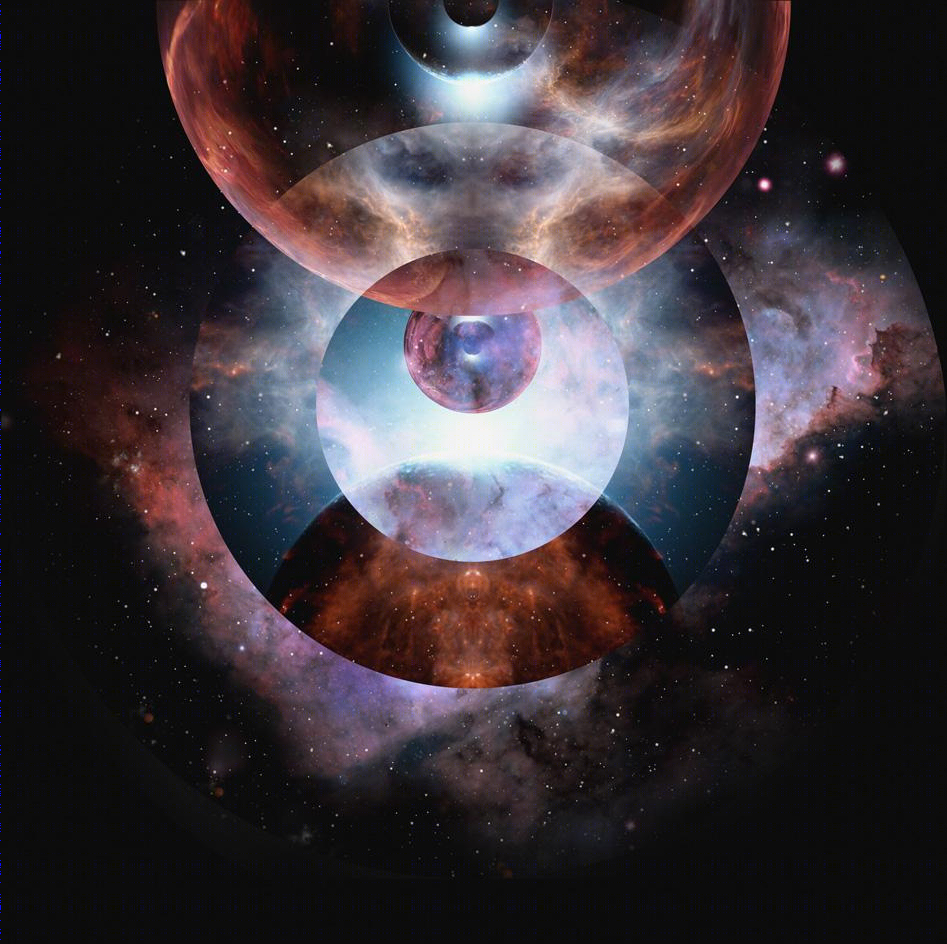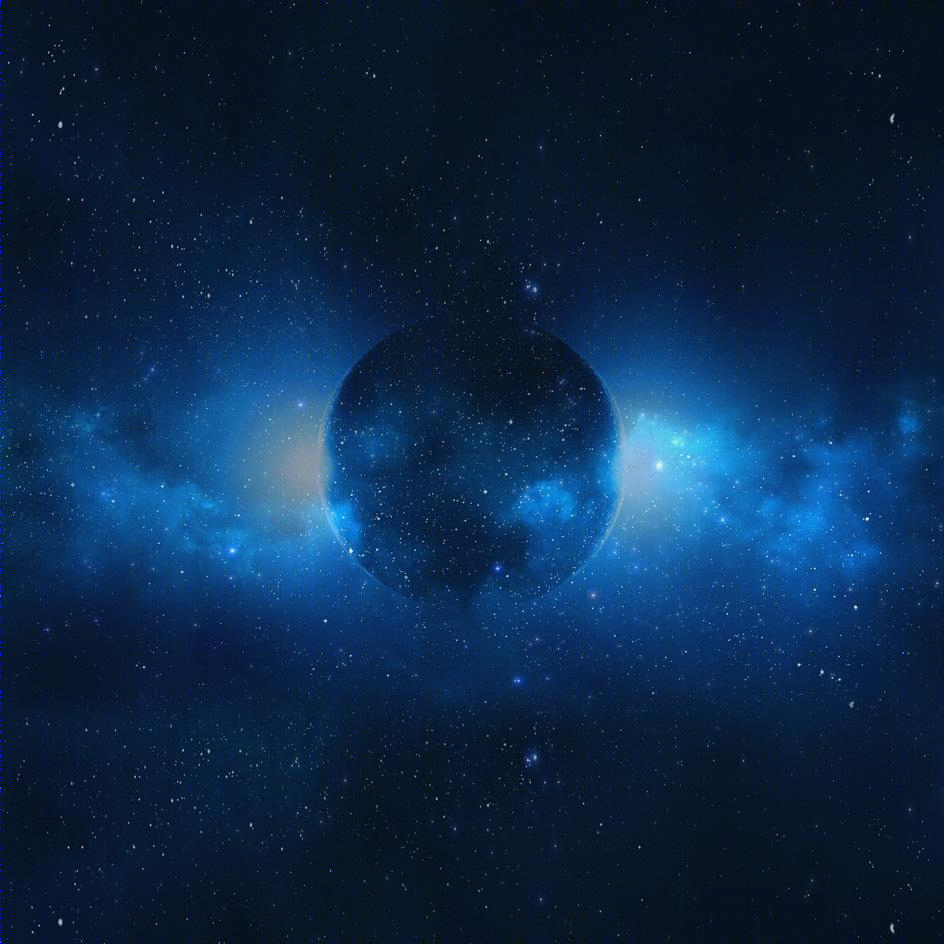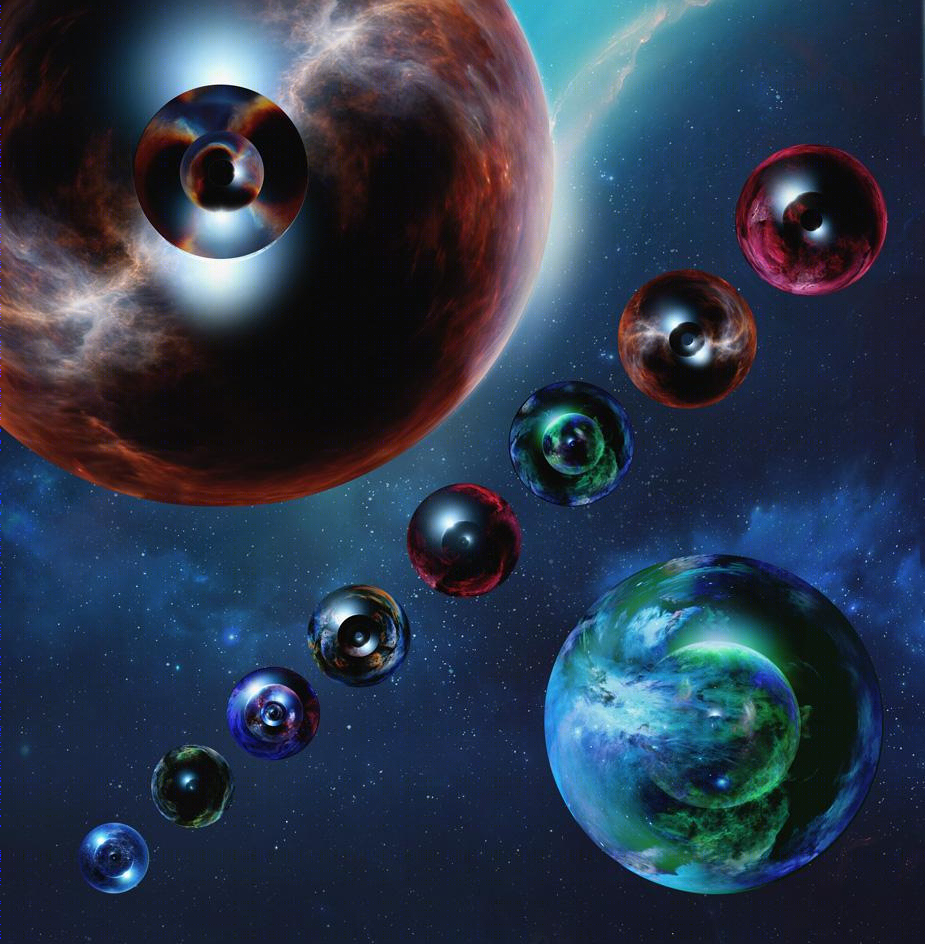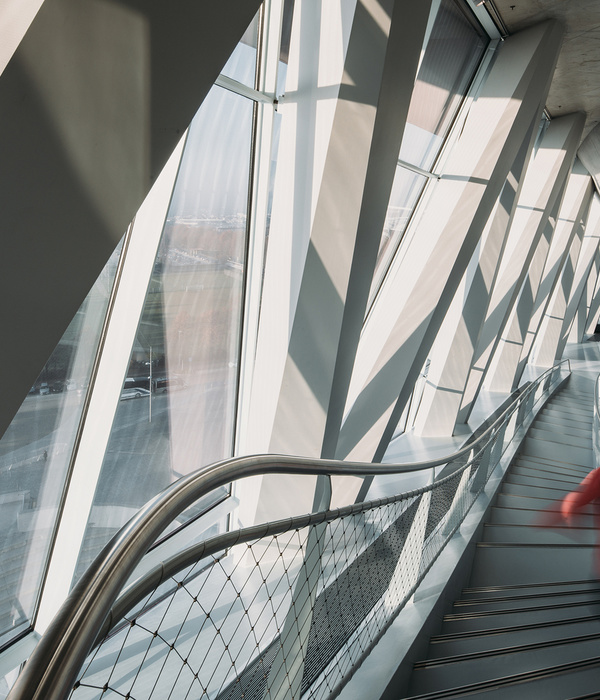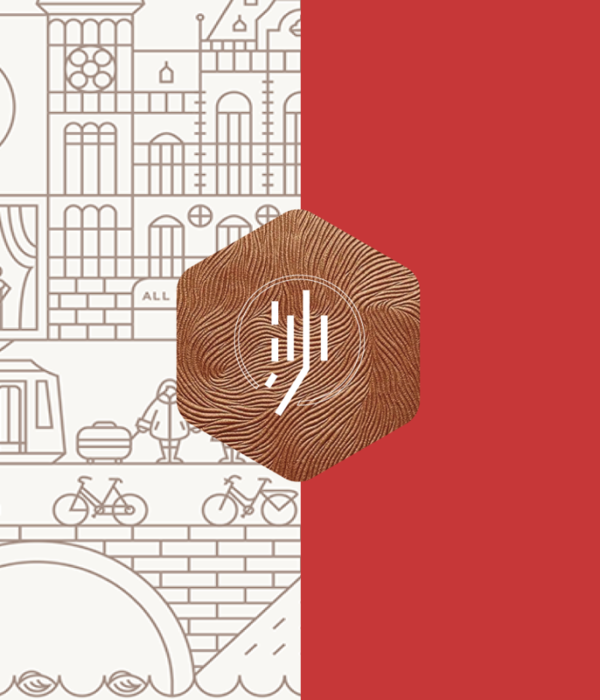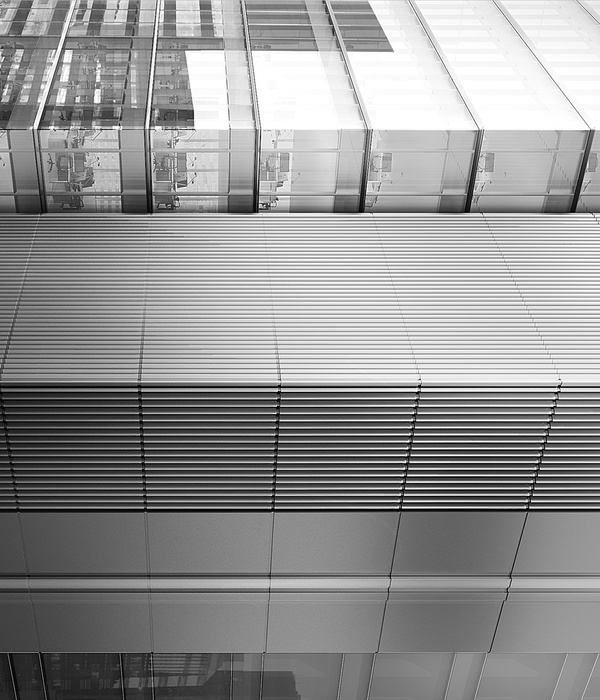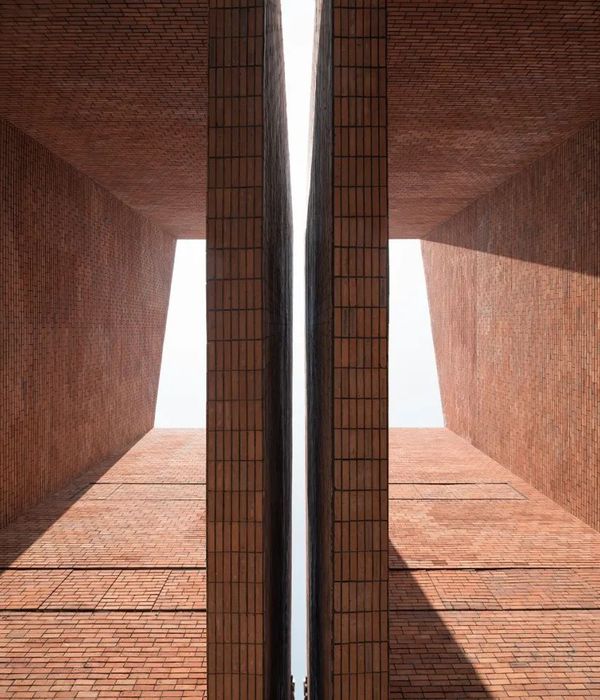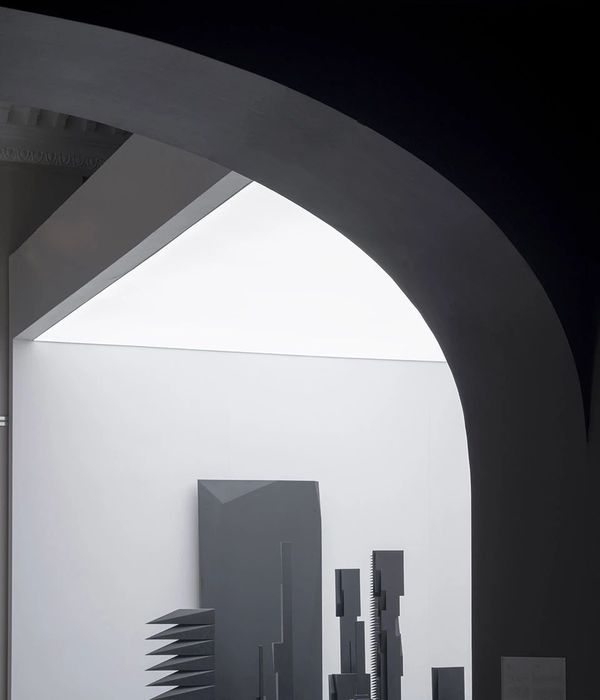宇宙之眼 | 跨世纪歌剧新解构
The staging of Pelleas et Melisande, featuring Marco Brambilla’s Nebula projection. Courtesy of the artist

Masters of their respective disciplines, Marina Abramović, Iris van Herpen, and Marco Brambilla are not the first names you would associate with opera. In fact, none of them have ever worked on one before – until now. Each have thrown their creative might behind a new production of Debussy’s famously dark and disturbing masterwork Pelleas et Melisande, set to debut in Antwerp next week. Abramović took on set design, van Herpen costumes, and Brambilla an abstract video backdrop.
Despite their lack of operatic experience (not to mention the fact that they live on different continents) the trio got on famously. ‘Everything has gone a lot smoother than one would think,’ says Brambilla, who is best known for directing Kanye West’s critically acclaimed Power video (2017). He had wanted to work with Van Herpen and Abramović for ‘ages’, and when this opportunity presented itself, he ‘couldn’t resist the massive potential for cross-pollination of interdisciplinary ideas’.
Talks began a year ago in New York, when the great and the good were gathered in the city for Frieze. Led by co-directors Sidi Larbi Cherkaoui and Damien Jalet (of Antony Gormley’s production Babel(words), 2010), the creative team met to discuss a ‘contemporary retelling’ of Debussy’s seminal work, to premier in the 100th year since his death.
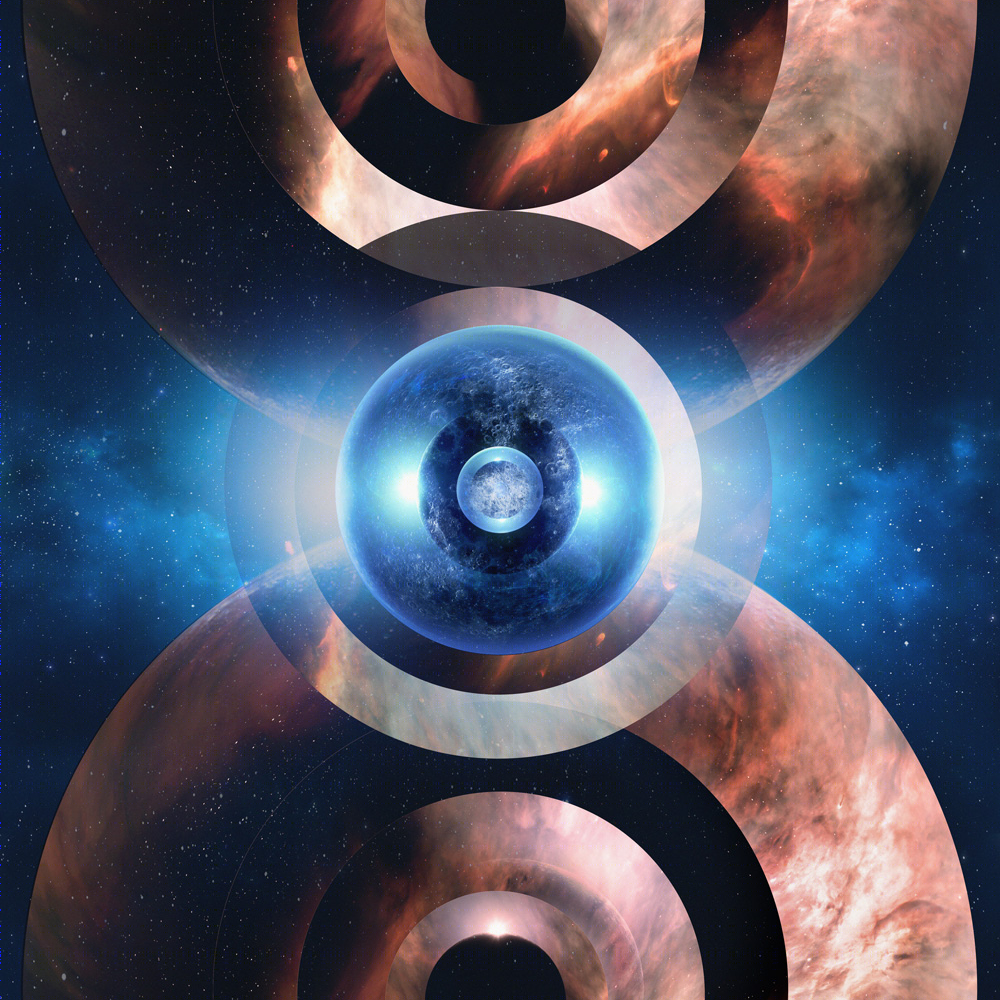
Still from Marco Brambilla’s art-video backdrop, for Pelleas et Melisande
The production, billed as ‘a new concept of abstract staging for an opera’, will see film, costumery and set design perform in chorus, in front of a vast, concave mirror, which merges seamlessly into an inclined floor – the brainchild of Abramović. ‘The audience will be under the impression that they are inside a great, silvery eye ball,’ says Brambilla. The ‘iris’, so to speak – a seven-metre screen suspended in the centre of the ‘retina’ mirror – will play Brambilla’s cosmic video compositions.
‘It will begin in eclipse,’ he explains. ‘There will be a sunrise behind a planet, and as the storyline unfolds, nebulas and galaxies will dance.’ The footage – manipulated from real NASA photography taken by the Hubble Telescope – is mesmeric, terrifying, and artful. It seems it can’t have been plucked from our skies.
Grand celestial visions are the ideal match for Pelleas et Melisande, with its dream-like atmosphere and Symbolist libretto adapted from Maurice Maeterlinck’s play of the same name. Among imagery of forests, castles, and oceans, a deathly love triangle plays out, as the skies explode intimidatingly in the background.
Such themes resonate with Brambilla, who has a penchant for big ideas, allegory and gradiose classical imagery. ‘Both the libretto and the music have always screamed of the cosmos to me. There’s so many references to looking, eyesite, and vision’, he says. ‘It compelled me to look up.’
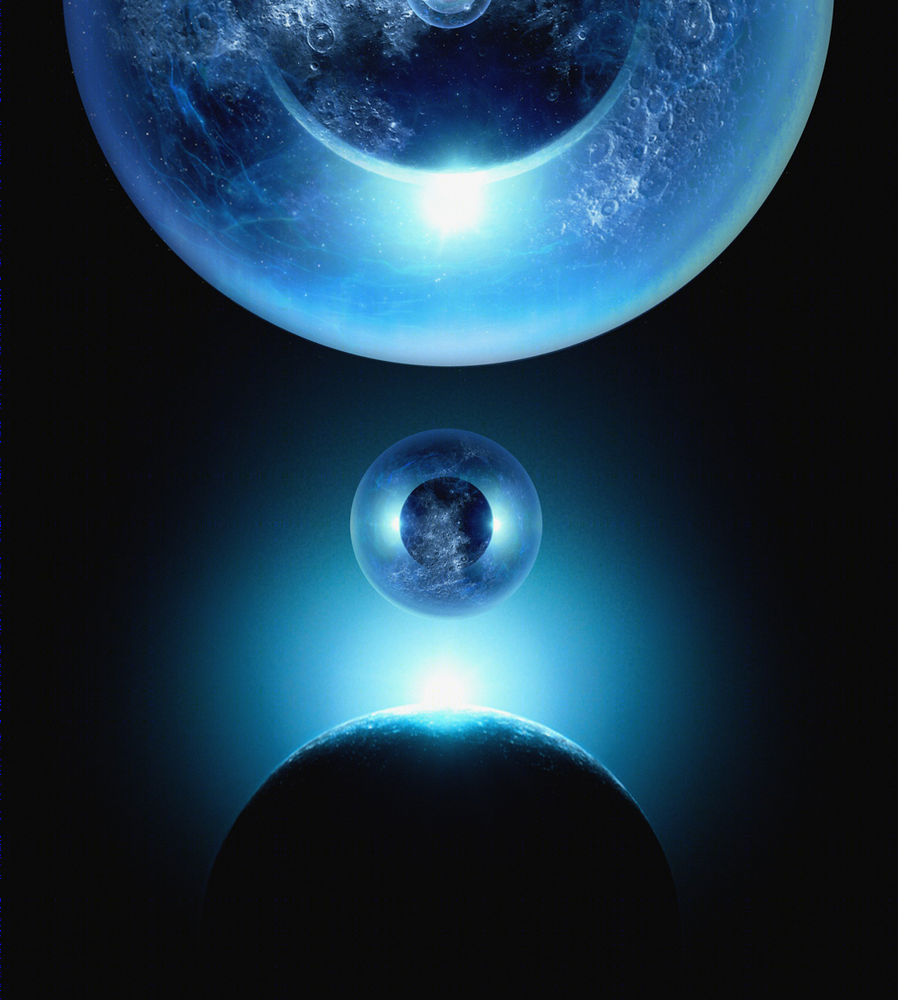
Still from Marco Brambilla’s art-video backdrop, for Pelleas et Melisande
Others have had similar compulsions, and it isn’t the first time the opera has been abstractly produced. So innovative and ambitious were the original stage notes, Debussy spent years trying to find a suitable venue, until it eventually premiered at the Opéra-Comique in 1902. Jean Cocteau designed a graphic set in the 1960s, and in 1997, almost a century after its first iteration, Robert Wilson directed a wildly successful production for the Paris National Opera. Brambilla and the team could only start with an entirely blank slate, rather than drawing upon the progression of previous adaptations. ‘Where Wilson’s production was paired back and minimalist, we have created a warmer, more rounded world,’ he says. ‘There’s a primal energy to this production; it verges on science fiction – it takes the audience into another dimension, abstractly, dreamily.’
If anyone is under the disillusion that operas are stuffy, academic things, a pastime of the older middle classes, this production will turn you around. It’s a visually electric masterwork, for and of the 21st century; the product of a brave pas de trois between some of opera’s newest visionary minds.
Still from Marco Brambilla’s art-video backdrop, for Pelleas et Melisande. Courtesy of the artist
